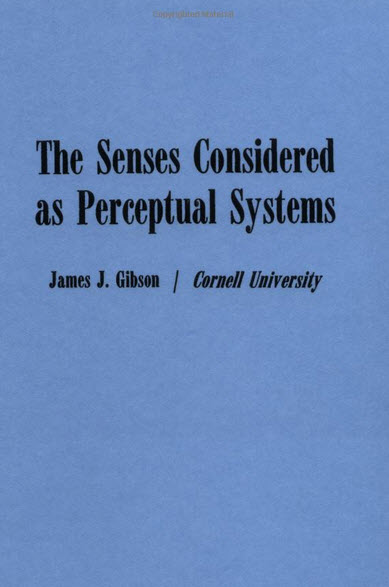Chapter Five—Revisiting a Glitch in the Emerging “Big Picture”
In a recent discussion with Cheryl Schiltz about this “glitch,” she reminded me that the first two words in psychiatrist Dr. Norman Doidge’s best seller The Brain That Changes Itself are “Cheryl Schiltz.” Moreover, in the five years since its publication, Cheryl’s own personal research into the realms of brain rehabilitation and the other aspect of Dr. Doidge’s singular focus throughout his book—“neuroplasticity”—has led her to the same conclusion I reached in my own research during this same period; a period during which we had no contact with each other… And here it is:
As clever and thought-provoking as Doidge’s title may be, it’s just not true. Now, we don’t know if Dr. Doidge or his publishers came up with the title, but the actual fact is, the brain does not change itself, the self changes its brain!
This is no small grammatical inaccuracy, but rather a total rejection of Dr. Doidge’s basic premise—his reason for writing the book!
Dr. Doidge’s error is, by no means, his alone; but rather the result of a 400-year-old scientific inaccuracy that has permeated our understanding of one of the most fundamental human capacities—Perception; and the function of the brain itself in the act of perceiving. It is this 400-year-old scientific inaccuracy, this “glitch” that must be addressed if we are ever going to get to the bottom of the millennia-old mystery: What determines what we see, feel, taste, touch and smell.
This is where the truly ground-breaking work of psychologist James J. Gibson comes into play; hence the title of this Section. However, it’s important to keep in mind that it would be another three or four years after hearing Gibson’s name that I made the “Connection” referred to in the title. And it’s only because I actually captured that moment with my video camera, that makes it possible for me to begin to explain the complex nature of the glitch.
The first time I heard the name “Gibson,” was during that (for me) historic day, when I initially reconnected with my friend Dr. Paul Bach-y-Rita after more than half a century—January 10, 2003:
Taken together, these two clips hold the key to the source of confusion (the glitch) that continues to permeate a number of scientific disciplines, including neuroscience and psychology. Paul Bach-y-Rita was a fearless pioneer who, in his lifetime, stood on the cusp of what turned out to be a total transformation in our understanding of what actually takes place during what we call Perception. As a true pioneer, he was not afraid to stumble as he forged a new pathway—even on camera—for the sake of furthering our understanding of this extraordinary capacity that is a fundamental process found in all living organisms.
That said, let’s take a closer look at Paul’s “stumbles.”
I’ve mentioned this before in a previous chapter but in describing the action of perceiving (Clip A—above) our brilliant friend Paul stumbled when it came to calling the action a combination “Brain/Machine” or “Human/Machine” Interface… In fact he called it both!
In Clip B, he stumbles again… only this time the stumble had to do with what to call the System that allows for Perception to take place… Is it a “Sensory System” or a “Perceptual System”? Historically, it was called a Sensory System… until James J. Gibson came along and published this book, which Paul refers to as having appeared in “’66”:

Again, while standing on the “cusp,” friend Paul called it both—a “Sensory” and a “Perceptual” System. However, there happens to be a world of difference between what constitutes the embodiment and actions of these two Systems.